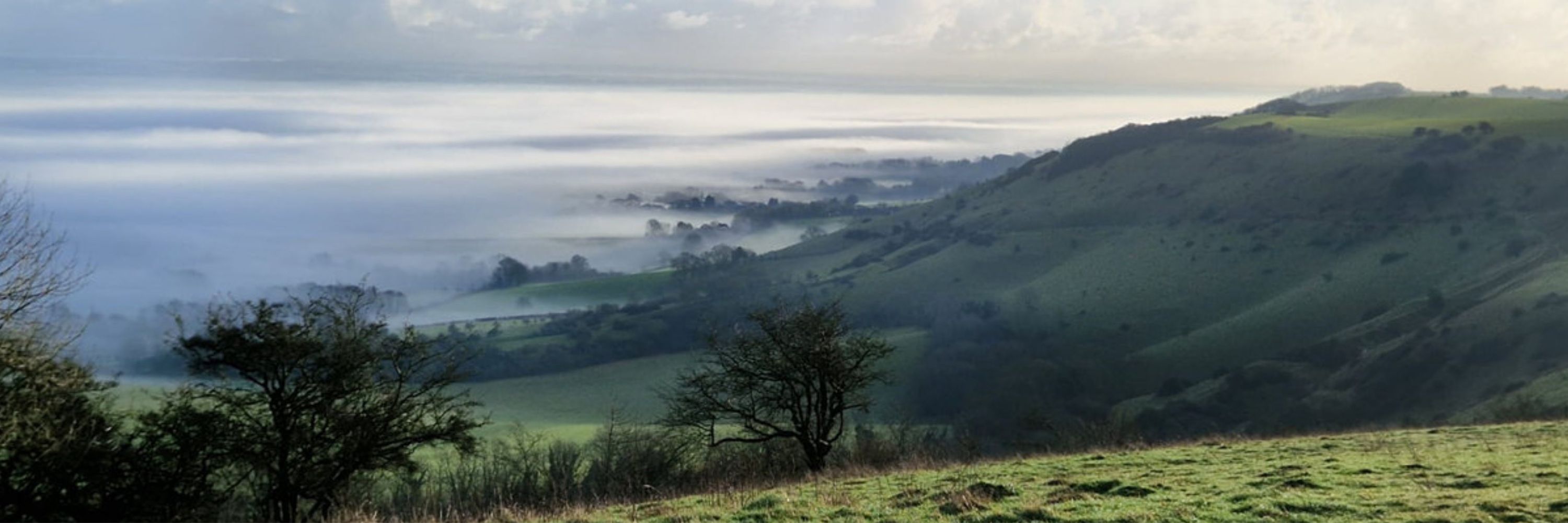
https://www.thestaraslab.org/

@enzomarra.bsky.social Thanks to @sussexneuro.bsky.social @leverhulme.bsky.social @ukri.org and @diamondlightsource.bsky.social for funding support. Thanks for reading! 10/10
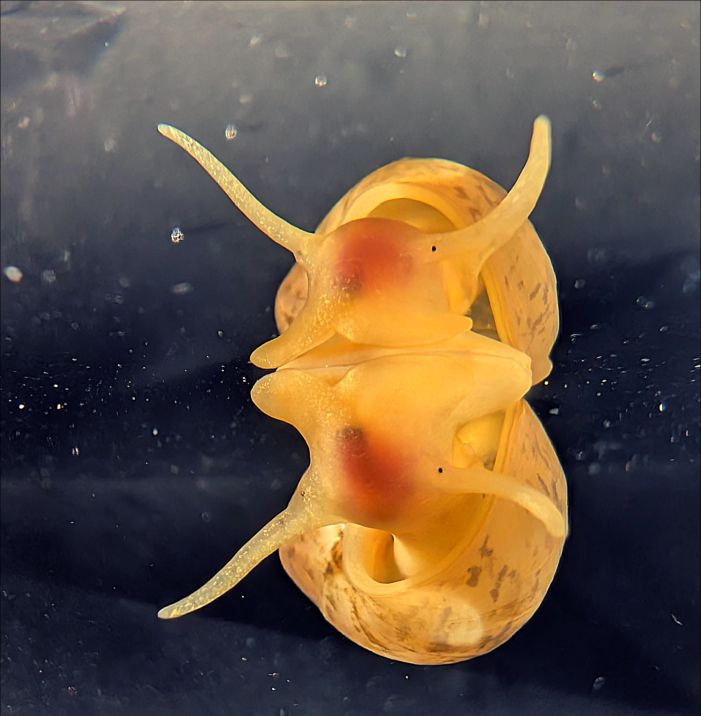
@enzomarra.bsky.social Thanks to @sussexneuro.bsky.social @leverhulme.bsky.social @ukri.org and @diamondlightsource.bsky.social for funding support. Thanks for reading! 10/10


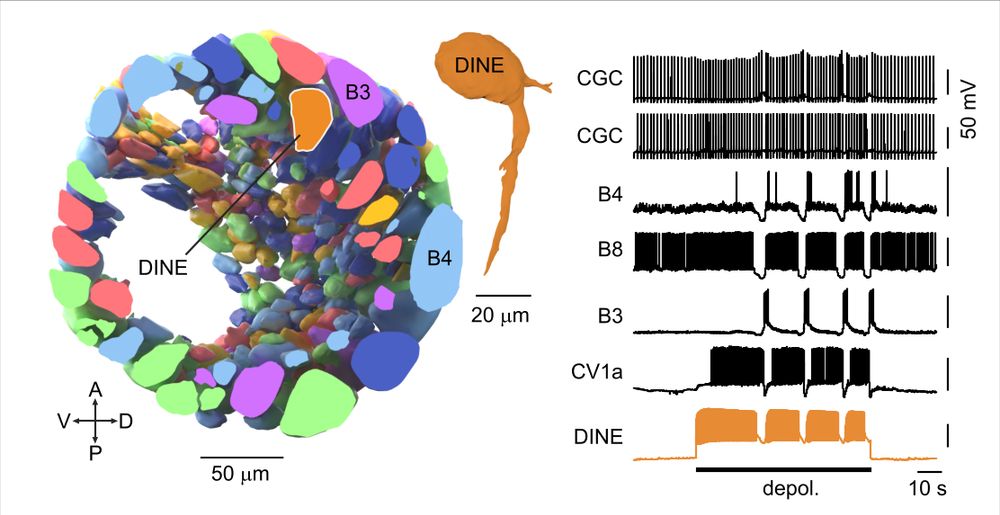
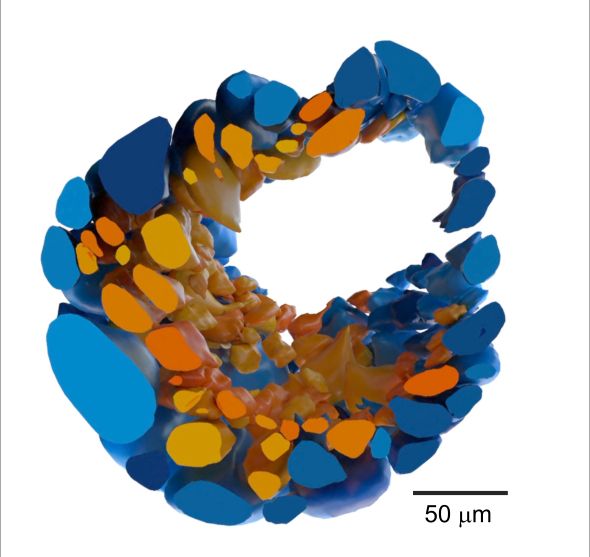
@webknossos.org to fully reconstruct the buccal ganglia (one side is shown here) housing the main feeding circuitry, yielding the first accurate estimate of the total number of neurons: ~1100. 4/10
@webknossos.org to fully reconstruct the buccal ganglia (one side is shown here) housing the main feeding circuitry, yielding the first accurate estimate of the total number of neurons: ~1100. 4/10






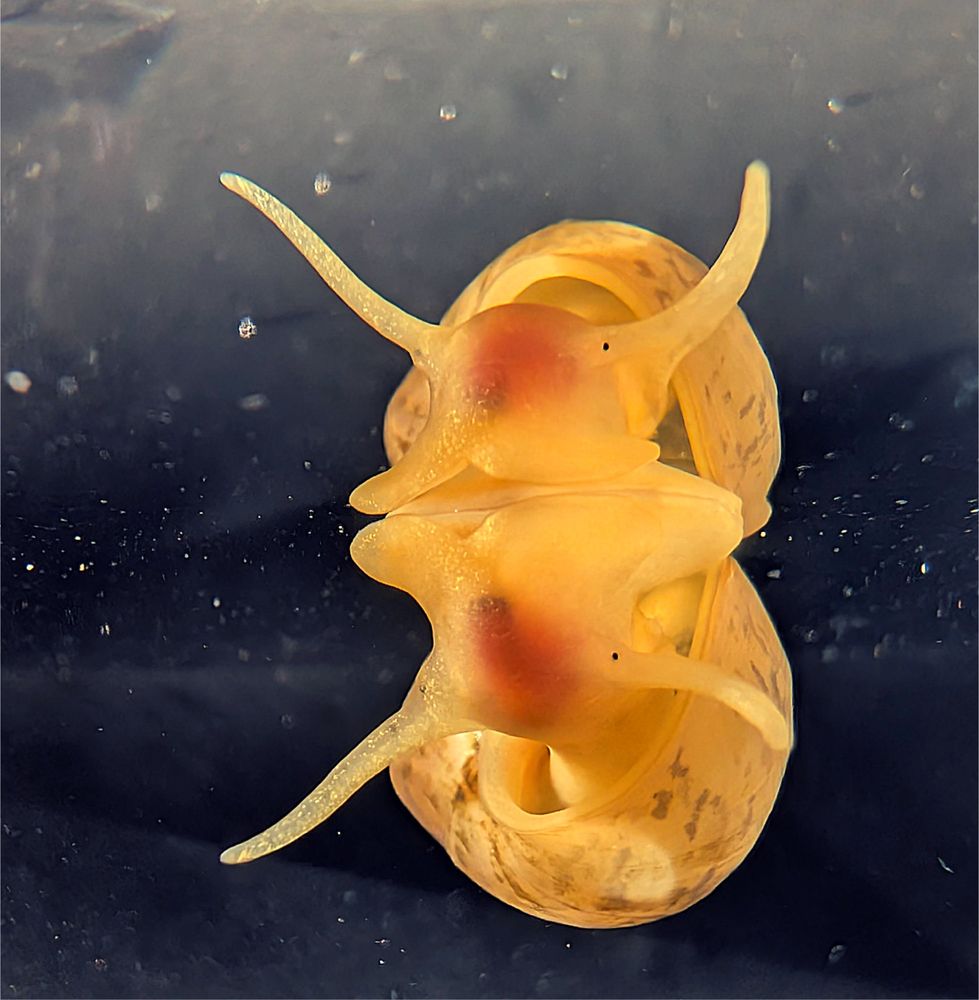
See our new paper. www.pnas.org/doi/10.1073/... 1/10
See our new paper. www.pnas.org/doi/10.1073/... 1/10


